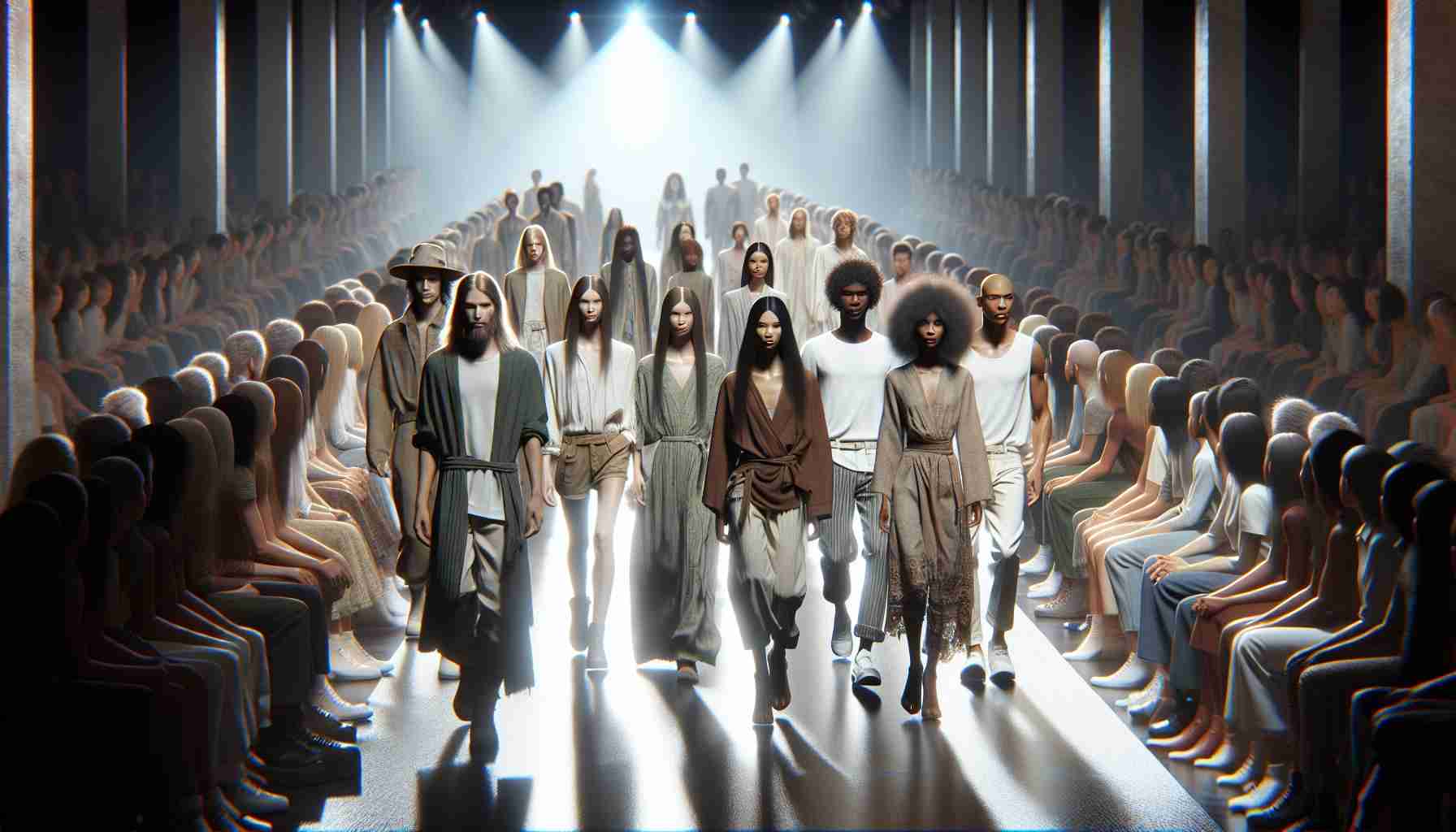Sustainable fashion has become a rapidly growing movement in recent years, and its impact on the fashion industry cannot be ignored. With an increasing awareness of environmental and social issues, consumers are demanding more ethical and sustainable options when it comes to their clothing choices.
The traditional fashion industry has long been associated with practices that harm the planet, such as excessive waste, pollution, and exploitation of workers. However, the rise of sustainable fashion has challenged these norms and introduced new approaches that prioritize eco-friendly materials, fair labor practices, and conscious consumption.
One of the key aspects of sustainable fashion is the use of eco-friendly materials. Designers and brands are embracing organic cotton, hemp, bamboo, and recycled fabrics as alternatives to conventional materials that require extensive resources and emit harmful substances during production. These choices not only reduce the carbon footprint of clothing but also promote healthier working conditions for those involved in the supply chain.
In addition to materials, sustainable fashion also focuses on fair labor practices. Many brands are partnering with suppliers and manufacturers that ensure safe working conditions, fair wages, and protection of workers’ rights. This helps to eradicate the exploitation that has plagued the fashion industry for decades.
Moreover, sustainable fashion advocates for conscious consumption by encouraging consumers to make informed decisions about their purchases. This involves buying fewer items of higher quality, repairing and upcycling clothing, and supporting second-hand markets. By prolonging the lifespan of garments, this approach significantly reduces waste and promotes a more circular economy.
It is clear that the rise of sustainable fashion is reshaping the industry as a whole. Consumers are becoming more mindful of the impact their fashion choices have on the environment and society, leading to a demand for ethical and sustainable alternatives. As a result, designers and brands are embracing new practices that prioritize the well-being of both people and the planet. By supporting sustainable fashion, we can all contribute to a more conscious and responsible future.
The sustainable fashion industry has experienced significant growth in recent years, driven by increasing consumer awareness of environmental and social issues. According to a report by Grand View Research, the global sustainable fashion market is expected to reach $9.81 billion by 2025, growing at a CAGR of 10.4% from 2019 to 2025.
One of the major factors driving this growth is the increasing demand for eco-friendly materials in fashion. Consumers are now seeking clothing made from organic cotton, hemp, bamboo, and recycled fabrics. These materials not only reduce the carbon footprint of the fashion industry but also offer a safer and healthier option for both consumers and workers throughout the supply chain. Several brands have already committed to using these sustainable materials, leading the way for others to follow suit.
Alongside eco-friendly materials, fair labor practices are crucial to sustainable fashion. Brands are now partnering with suppliers and manufacturers that ensure safe working conditions, fair wages, and worker rights. This shift is aimed at addressing the exploitative practices that have long plagued the fashion industry. By supporting brands that prioritize fair labor, consumers can contribute to improving the lives of workers in the fashion supply chain.
Conscious consumption is another important aspect of sustainable fashion. It involves making informed decisions about clothing purchases, such as buying fewer items of higher quality, repairing and upcycling garments, and supporting second-hand markets. This approach promotes a more circular economy, where products are designed to last and can be reused or repurposed, reducing the amount of waste generated by the fashion industry.
While sustainable fashion is making strides, there are still challenges to overcome. The high costs associated with sustainable materials and ethical labor practices can often make sustainable fashion less accessible for consumers. However, as demand continues to grow, economies of scale and advancements in technology are expected to drive down the costs of sustainable fashion, making it more affordable for a wider audience.
In conclusion, the rise of sustainable fashion is reshaping the industry by placing a greater emphasis on eco-friendly materials, fair labor practices, and conscious consumption. With increasing consumer awareness and market forecasts showing steady growth, the future of sustainable fashion looks promising. By supporting sustainable fashion, individuals can contribute to a more conscious and responsible future for the fashion industry and the planet as a whole.







